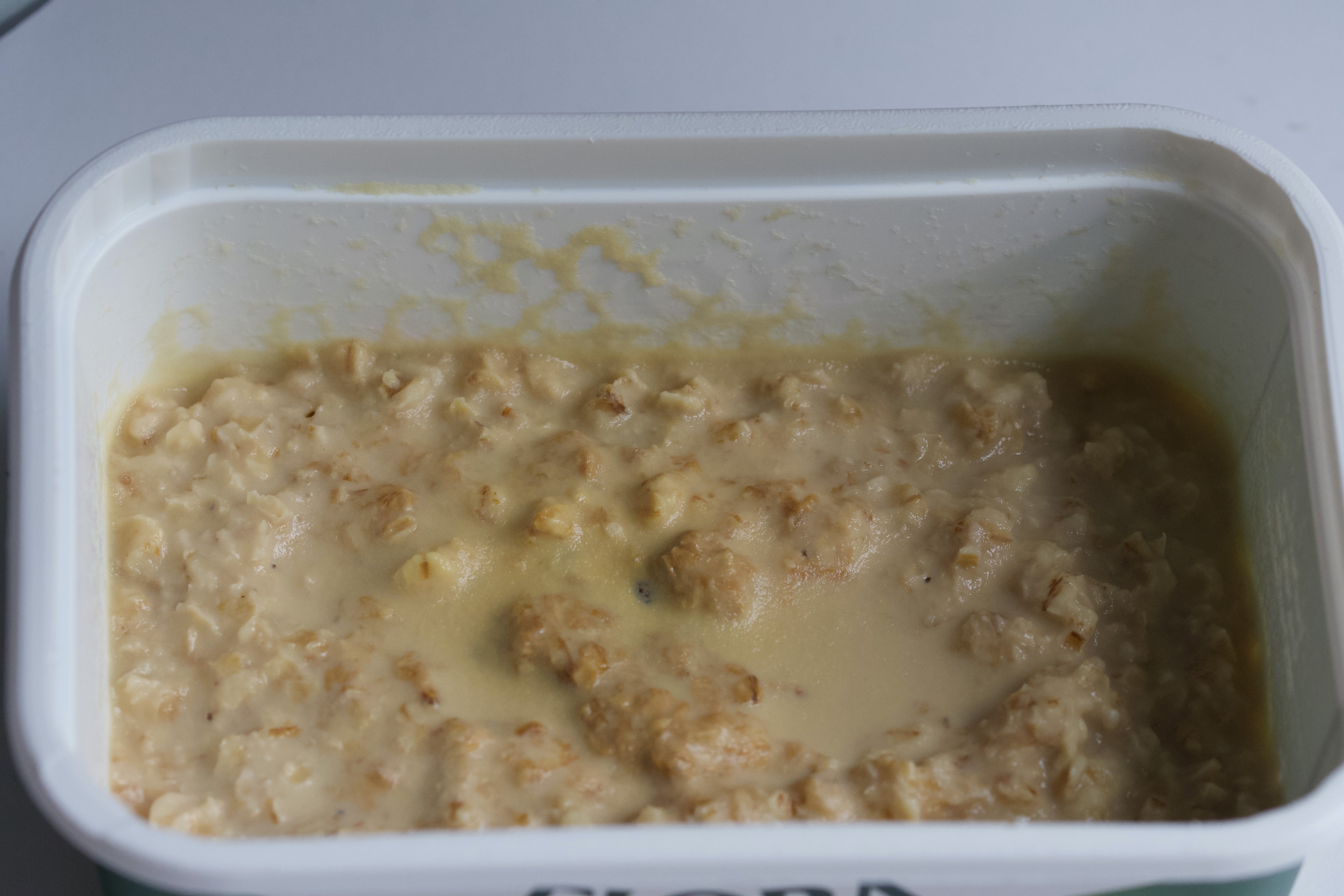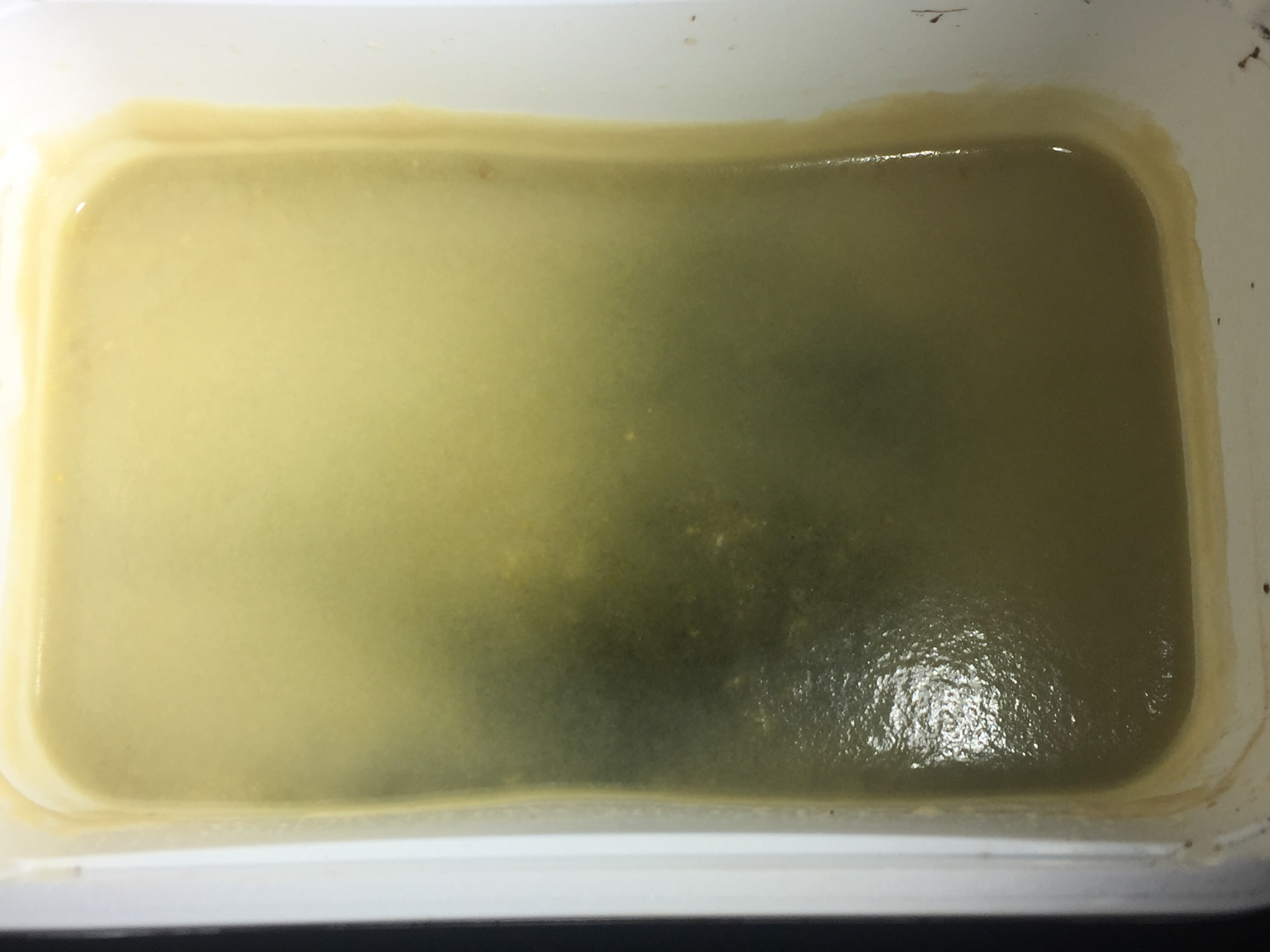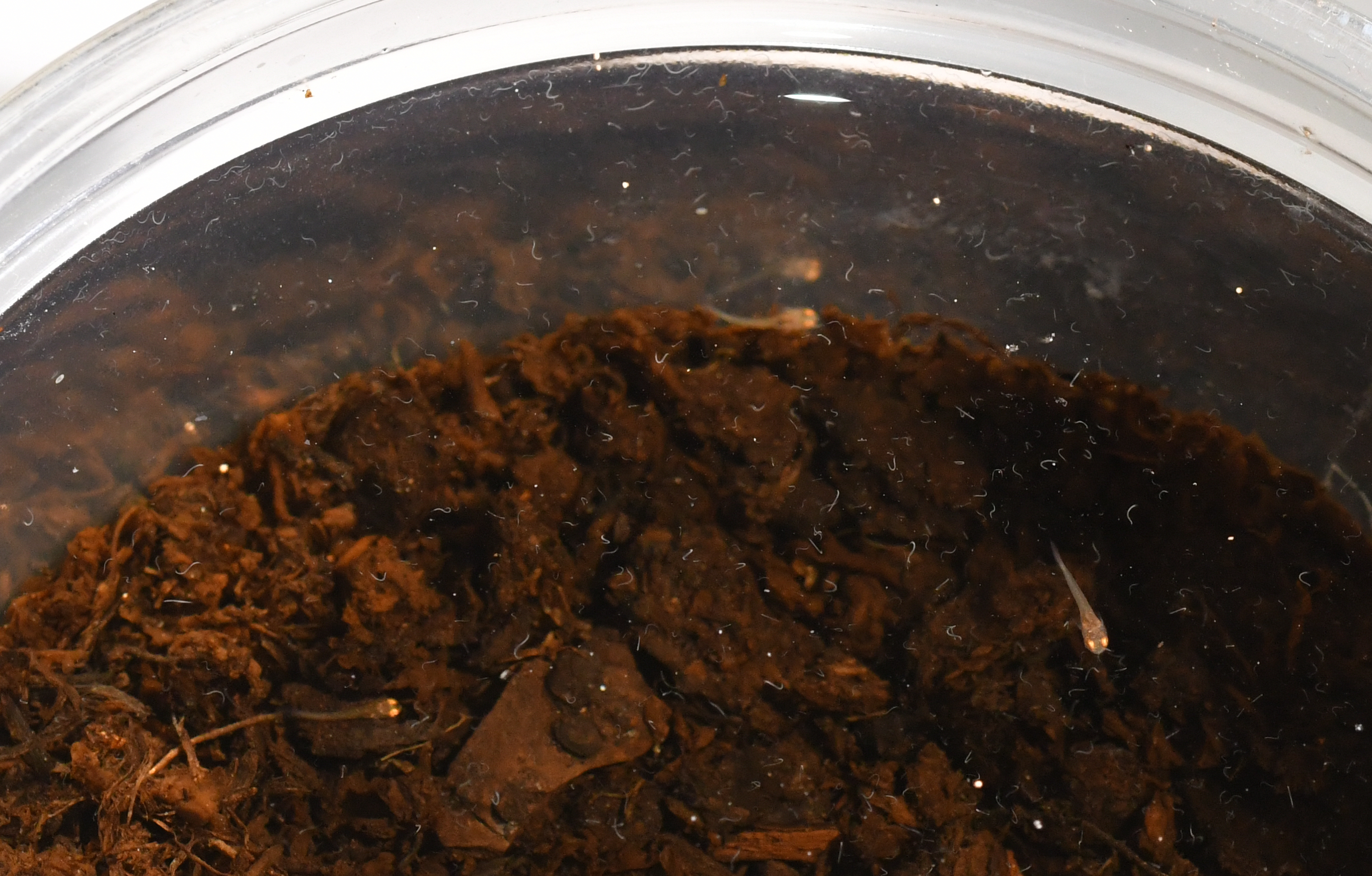Porridge Cultured Vinegar Eels
I have to thank Alberto Reis for this technique.
Introduction
There are 3 great and related reasons to use vinegar eels over say microworms.
(1) As the name suggests Vinegar eels are happy in liquid and can swim in a sinusoidal manner at all levels in the water column. This means that killifish/betta/rainbow fry, which aren’t natural bottom dwellers, can happily munch on a passing worm without digging in the dirt. Microworms on the other hand drop to the bottom of the container.
(2) Because Vinegar eels are better adapted for life in a liquid they survive longer in it than microworms. I suspect many microworms that we feed are eaten by snails and help to contaminate the water.
(3) Feeding Vinegar eels in combination with say BBS also helps to smooth the feeding regime for your fry which is an important consideration at this stage in their life.
Method
- Boil the kettle
- Add about 25 mls of vinegar into a measuring jug
- Add an equal volume of the boiled water to this
- Microwave to heat it all back up again
- Pour this over some porridge oats in a margarine tub until the oats are reasonably damp
- Allow to cool
- Add your vinegar eel starter
- Wait for the culture to get established maybe 7-10 days
- Harvest for 1-2 months with a paint brush until the culture starts to slow down
- Repeat

Notes
(1) The first time you set them up they do take longer to get established than Microworms. Perhaps 10 days instead of 7. This is because you are seeding with a much smaller amount of eels/worms. Once established seed with porridge derived eels the culture takes a similar amount of time to get established.
(2) You will probably go through a distinct mould/carpet stage, especially on the initial culture. This I believe is bizarrely called a mother by vinegar experts/brewers. It’s this mother culture that the eels appropriately feed from. The mother bosom can get large however and begin to suffocate our small eels. Simply mix the mother into the porridge mixture by shaking. After another few days the culture begins to look more like a regular porridge worm culture.
(3) My suspicion is that one of the reasons the liquid culture is less productive is because the worms might lack oxygen and possibly food with this method. There is considerably less dissolved oxygen in a liquid than there is in the air. There is even less dissolved oxygen in a liquid which is in a bottle with a narrow neck and a floss bung on top of it. This oxygen is what the eels are trying to get to when they swim through the bung. The mother and eels are surrounded by food in a solid culture so the food supply is also less limiting than when cultured in a vinegar liquid. The liquid culture lasts longer because there is much less build up of waste products as the culture is working at a much slower pace.
(4) Higher yields are not the main reason to use this method. Culturing the eels in this way means they are much easier to harvest simply use a paintbrush to wipe them from the sides of the container, as often as needed. Eels harvested in this way are much less likely to be contaminated with vinegar than when filtered from a liquid culture. As they are harvested in larger numbers they can be diluted much further to remove any contaminating vinegar.
(5) I often freshen the culture with nutritional yeast and/or more porridge if it starts to flag. Even so the eels don’t last forever in porridge culture unlike the liquid type. As a new culture can easily be kicked off again this is barely an issue.
(6) I don’t know the comparative nutritional value of nematode worms (Banana/Micro/Walter or Vinegar). I am now experimenting with culturing eels with added supplements to make the eels more nutritious though. Here is a picture of my latest culture with added nutritional yeast and Marine Phytoplankton. I am adding these extras to the culture once it is established. You can see the eels bubbling away in the bottom right-hand corner. I am also experimenting with not using boiling liquid to start the culture. This I imagine may preserve important amino acids, vitamins etc.. that your eels can pass on to your fry. If you are culturing for the first time though boiling may help to slow the mother down and give your eels a foothold in the culture.


References
If you want to culture Vinegar eels the original liquid method then a write up of this method can be found here: https://www.ibcbettas.org/how-to-culture-and-harvest-vinegar-eels/